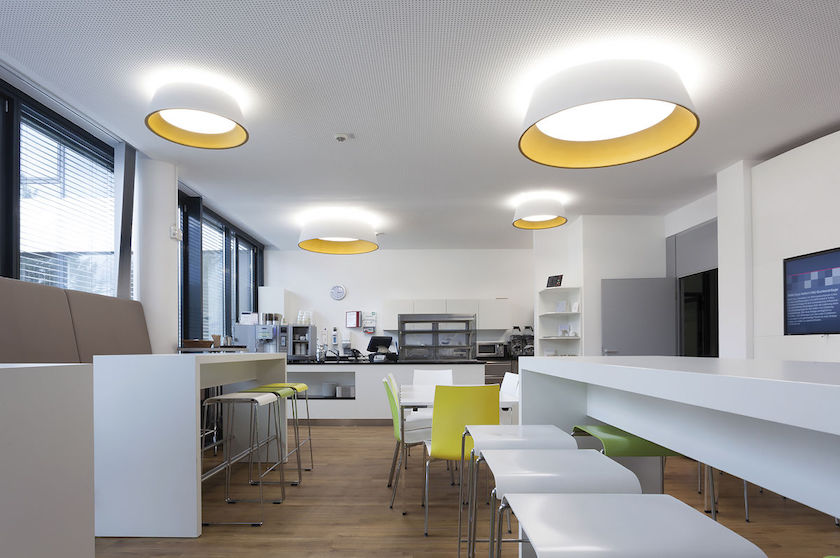Workplaces are using smart technology to contribute to CSR
Related Articles
Top CSR projects in Kerala
Talking about Kerala, the first things that flash on the mind are the magical backwaters, greenery, pristine beaches, spice and tea plantations and Ayurvedic...
Microsoft Announces 15,000 Layoffs, Asks Remaining Employees to Invest in AI Skills
Microsoft has let go of more than 15,000 employees across several divisions in 2025, making it one of the largest job cuts in the...
Top CSR initiatives for Road Safety in India
As per the Annual Report on ‘Road Accidents in India-2022’ published by the Ministry of Road Transport and Highways, a total of 4,61,312 road...



 Ankur Mehta is the Founder and Chairman of Crescent Lighting. He is a successful entrepreneur who started his journey as a trader and ventured into his own manufacturing setup. With his vast experience in the field, Ankur has become an expert in R&D, quality product design and development, procurement, production, supply chain, packaging, and management.
Ankur Mehta is the Founder and Chairman of Crescent Lighting. He is a successful entrepreneur who started his journey as a trader and ventured into his own manufacturing setup. With his vast experience in the field, Ankur has become an expert in R&D, quality product design and development, procurement, production, supply chain, packaging, and management.